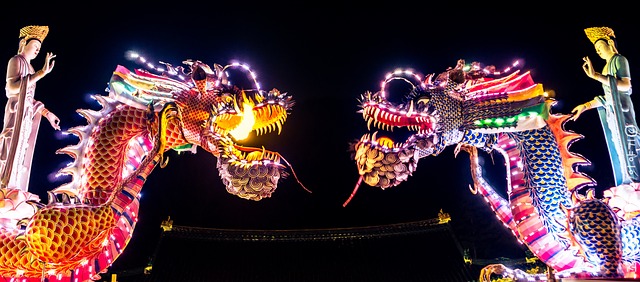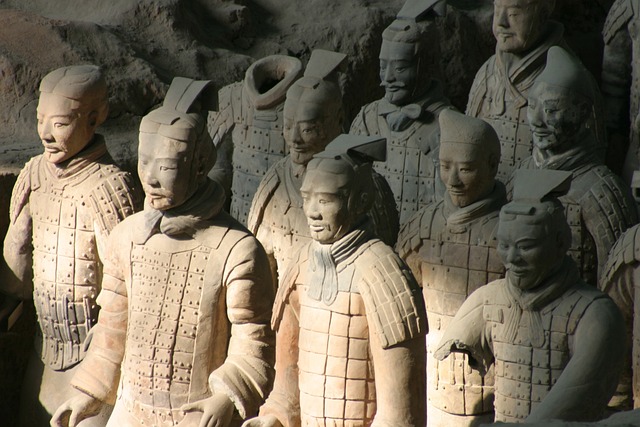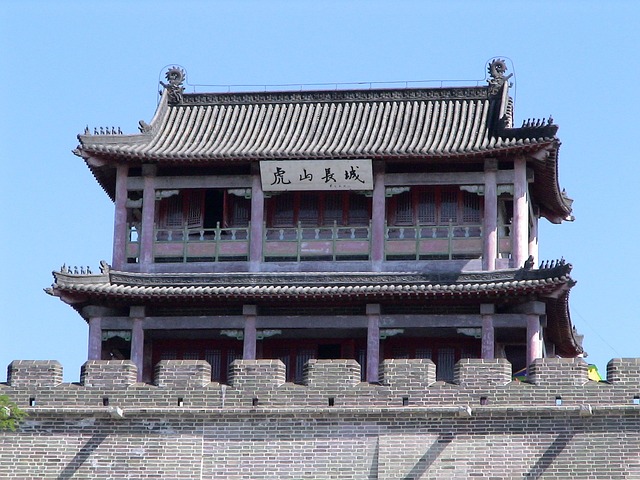China, a nation with a mosaic of ethnicities, officially acknowledges 56 distinct ethnic groups, including the predominant Han majority. This incredible cultural melange is defined by the linguistic diversity of its ethnic minorities—53 possess unique spoken languages while 23 have developed their own scripts.
An estimated 8.4% of China's populace, or roughly 111 million individuals, belong to ethnic minorities, a number that would rank as the world's 12th most populous country if considered independently. Primarily inhabiting areas like Tibet and Xinjiang, these minorities account for 60% of China's territorial population. Interestingly, about 8% of Beijing's residents—around 800,000 people—identify with ethnic minorities, predominantly of Mongolian or Manchurian descent, although most minorities are located near border regions rather than major cities.
The Han and Zhuang: Predominant Ethnic Groups
Representing more than 90% of the population, Han Chinese are the largest ethnic block within China and one of the world's most sizable demographic groups with approximately 1.1 billion individuals. Tracing their roots to the Han Dynasty, a period renowned for its longevity, the Han people primarily speak Mandarin.
The Zhuang, the second largest ethnic group, boast a population of 18 million and are primarily found in the Guangxi Zhuang Autonomous Region. Despite having their own language, many Zhuang people are fluent in various Chinese dialects.
Islamic Influences: The Hui and Uyghur Populations
China's two principal Muslim communities are the Hui and the Uyghurs, numbering 10.5 and 10 million respectively. The Hui, predominantly situated in the Ningxia Hui Autonomous Region and Xinjiang, are distantly related to the Turks like the Uyghurs. What sets the Hui apart is that their unity is based exclusively on religion, with most adhering to Islam and speaking Mandarin without consuming pork, in contrast to the typical Han diet. The Uyghurs, conversely, reside mostly in Xinjiang province and have retained a Turkic language using Arabic script. They are known as China's predominant Muslim ethnic group.
Legendary Horsemen: The Manchu and Mongolians
The Manchus, with over 10 million people, have a profound history spanning over 2,000 years, with origins in the Changbai Mountains. Noted for their skills in horsemanship and archery, they've contributed significantly to China's imperial narrative—Henry Pu Yi, the last emperor, was Manchu.
Mongolians, inhabiting primarily the Inner Mongolia Autonomous Region and known for their equestrian and archery prowess, honor their heritage in annual festivals like the Nadam fair. Their history is also marked by the legendary figures of Genghis Khan and Kublai Khan, who left indelible marks on Chinese civilization.
Tibetan Traditions and the Smallest Ethnic Group
Tibetans, known globally for their Buddhist leaders like the Dalai Lamas, number approximately 6.2 million in China. They inhabit regions rich in natural resources and partake mainly in animal husbandry. Tibet is also the home ground for the tiny Lhoba community, composed of fewer than 3,000 individuals, with a past shadowed by discrimination and a culture steeped in tradition without a script.
Colorful Cultures of the South: Miao and Yi Groups
In southwestern China, the Miao and Yi ethnic groups stand out for their vibrant traditions. The Miao, numbering around 8.9 million, showcase unique marital rites and diverse festivities, whereas the 7.7 million Yi people exhibit intricate social structures and spiritual practices centered on ancestor worship.
Creativity Among the Tujia and Unique Customs of Other Minorities
The Tujia, celebrated for their innovative arts, number 8.3 million. They're especially known for the traditional bai shou dance, a representation of their ancestral life through a series of symbolic gestures.
Noteworthy are the Yao women of Huangluo Village with their exceptionally long hair and the Mosuo tribe practicing matrilineal social structures—a testament to the multifaceted nature of China's ethnic groups.
In conclusion, while this overview sheds light on some of the major ethnic groups in China, there exist several other smaller, yet equally fascinating communities, each contributing uniquely to the rich tapestry of Chinese cultural heritage.



